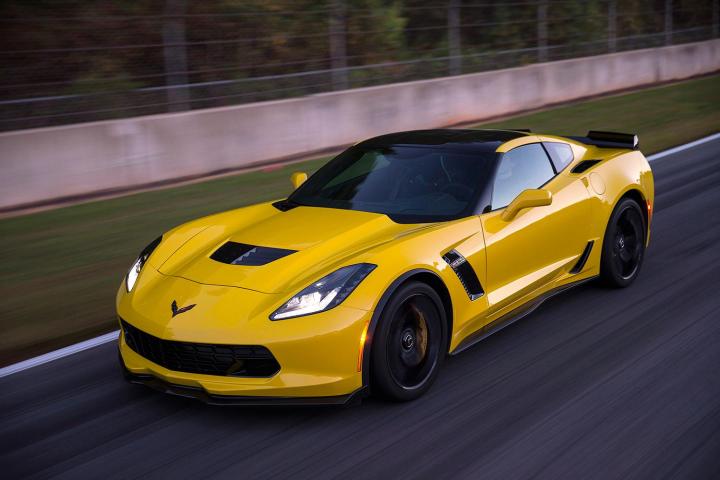
It’s a great tool, but some drivers have complained that the playback quality isn’t exactly fantastic, which was brought up by a CorvetteForum member. Corvette Chief Engineer Tadge Juechter often does a few Q&A sessions directly with the ‘Vette faithful, and he was able to say that an improvement to the playback was coming via a software update.

When asked about the camera Juechter said: “GM engineering and our partner Cosworth have been working hard to improve the PDR and the user experience. One area of investigation has been the image quality. Coincidentally, a software change was just released for Bowling Green production at the end of March and we will be making it available to customers who already have their cars in the next few weeks.”

“The software includes several changes including improvements in color balance and sharpness of the image on the video,” he continued, along with providing a screen shot showing PDR images pre and post update.”
The first shot shows the PDR’s imagery having a distinct green color tone since its 2015 release. The second shot shows a markedly better shot with a deeper, not as sickly view of the scene.
This is a great example of passionate engineers talking to fans directly and being able to address concerns, sometimes even providing specific solutions. Did the PDR’s issue keep people from learning from the collected data? Probably not, but the update will sure make them easier to watch.


